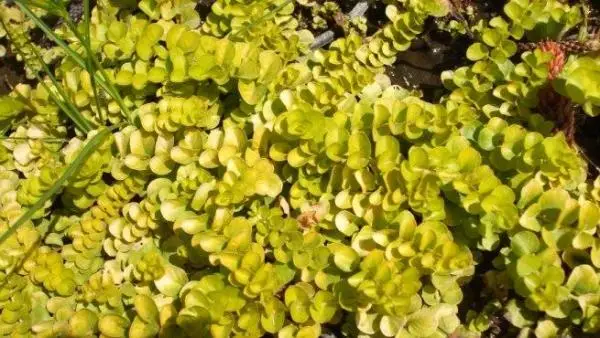The one known as the coin plant belongs to the Primulaceae family and to the genus Lysimachia, which is made up of about 150 species of annual, perennial plants and subshrubs that have their origin in the Mediterranean area and North America. It also receives other vulgar names, such as currency, euro, or monetary grass.
It is a creeping or hanging plant that does not usually reach 20 centimeters in height and has very decorative leaves in light green or gold, depending on the variety. It has many flowers, which are also in a very attractive bright yellow. It blooms from mid-spring to mid-summer, and when it does, it is a very decorative and beautiful plant.
Basic care
- Location of the plant of the coin : it is usually used on terraces, patios or balconies, as well as on walls to cover them. It can develop perfectly both in a place with full sun and in semi-shade or shade.
- Temperatures : it has no requirement in this regard and is even capable of withstanding several frosts during the winter.
- Soil : one that is humid and has a lot of organic matter is better for it, being also somewhat clayey so that it can better retain moisture.
- Watering the coin plant : it has to be frequent so that the soil is always somewhat humid, but without waterlogging. It is very important that you always have water as the drought does not suit you at all.
- Compost: add compost or manure to the annual garden fertilizer, it will be enough for the whole year.
- Pruning : it is very good to do it when spring begins to control its growth since it can invade spaces very easily.
- Pests and diseases : it is very resistant in this sense, so unless you completely take care of it and abandon it, you should not worry about this issue.
- Multiplication : the best option is to do it by dividing the stems, checking that they have roots and doing it in early autumn or late winter.


